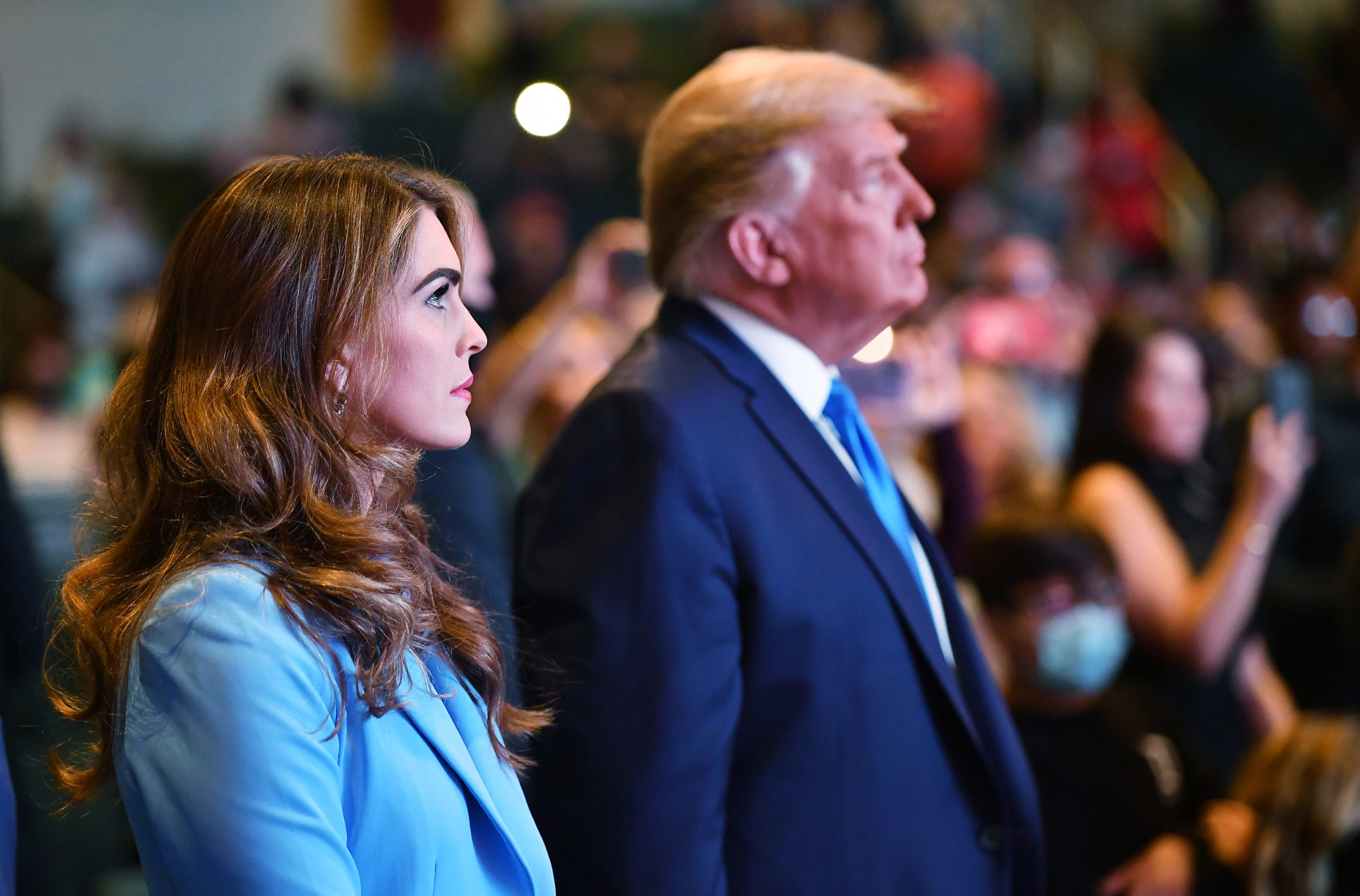Mohammad Ali Shomali's clerical robes are immaculate, his manner urbane. Fluent in English, with a Ph.D. from Britain's Manchester University, he spends his days in the holy city of Qum studying advanced stem-cell research and the mapping of the genome. Shomali, at 44, is clearly not your run-of-the-mill mullah, even if he insists that he is. "We live in a religious country with a religious government," says the turbaned Shia cleric, "so we have to know what our religion tells us about modern issues." Along with hundreds of other mullahs in Qum, Shomali is at work trying to define an Islamic context for advanced scientific work from nanos to, yes, nuclear technology.
Those who suspect Iran of clandestine weapons programs might imagine all sorts of disturbing scenarios conjured by the intense interest these mullahs take in science. Doomsday scenarios about Islamic zealots with apocalyptic weapons are an easy sell on American talk radio. But Shomali looks a little puzzled by such propositions. "We want to be at the forefront of scientific and technological advancements in the world, and that includes nuclear technology," he says. But he insists that the ethical constraints imposed by religion are vital, too. "When our Supreme Leader Ayatollah Khamenei says that building, possessing and using nuclear weapons is forbidden," Shomali explains, "you have to be sure that we are not going to do that. Otherwise our Supreme Leader would lose his credibility and we would no longer trust him as a leader."
Shomali's own specialty is bioethics and environmental ethics. He is also the head of the religious department in the Imam Khomeini Education and Research Institute, which is housed in a large building made with the same yellow bricks that are used to build religious schools in Qum. Verses from the Qur'an written on turquoise tiles adorn the façade. Yet nothing about the place or its history is quite what an outsider would expect. Its founder in 1991 and still its guiding light is the archconservative Ayatollah Mesbah Yazdi [known for espousing complete isolation from Western influences and a return to the more unyielding days of the 1979 Islamic Revolution]. Whole treatises have been written in the West about Yazdi as the mystical mentor of Iranian President Mahmoud Ahmadinejad, perhaps even the inspiration for an apocalyptic vision tied to the second coming of the lost imam. Yet the institute's primary concerns are not about how the world will end so much as how the Islamic regime can adapt the fast-moving scientific and technological developments of the 21st century to its own needs.
Before the revolution that overthrew them, Shah Mohammed Reza Pahlavi and his father before him had seen themselves as great modernizers. They treated the religiously devout as retrograde and called the Shia clerics by the pejorative name aakhoonds: flea-infested zealots whose idea of high technology was the abacus. In those days, about 200,000 people lived in Qum. There was only one major seminary here, plus a few small religious schools. Millions of Iranian pilgrims came every year to visit the shrine of Masouma, the sister of the Shia saint Imam Reza, but they rarely lingered. Qum was a dusty, crumbling town that seemed decades, if not centuries, behind the fast-growing, fast-paced capital, Tehran.
Thirty years later, Qum is arguably the most important center of power in the country. The city where the leader of the revolution, the late Ayatollah Ruhollah Khomeini, lived and taught is now connected to Tehran by a modern 100-mile-long highway. New streets and modern boulevards surround the narrow alleys of the old town, and the population has grown to a million—50,000 of whom are mullahs.
The institute where Shomali works is at the center of both the new and the old. Women are not allowed inside. Visitors are required to remove their shoes before entering. On the notice board in the lobby are clips from Kayhan, the newspaper of Iran's hardliners, criticizing the reformist contenders in the upcoming elections. Yet Shomali's office could belong to an academic at Harvard or Stanford. The desk and shelves are cluttered with books, some just arrived from the Oxford University Press. A computer placed prominently in one corner has a high-speed connection (still relatively rare in Iran), putting the whole wide world of the Web at Shomali's fingertips.
Some of the views of the institute's clerics would fit comfortably with those of conservative Christians and Jews. The mullahs reject the theory of evolution, for instance, favoring an Islamic version of creationism and intelligent design. But when Shomali looks at questions of bioethics—sperm and embryo donation, cloning or surrogate motherhood—his approach is very different. Roman Catholics, for instance, believe the sanctity of life begins with the fertilization of the egg, regardless of the circumstances. The mullahs, while they generally oppose abortion, believe that only after 120 days does a fetus have a soul. And that opens the door wide to stem-cell research. In every major religion there are fundamentalists who seek to refute science as a way to affirm faith. Not Shomali and his colleagues. They see their particular challenge in more practical terms: to bring the thinking of science to the great thinkers of Shiism, and through them to the masses so that Iranian scientists can operate on a par with other researchers anywhere in the world.
While Iran remains a theocracy, most senior government figures are not clerics. But, as at the Khomeini Institute, the role of religion can be felt everywhere, and the Supreme Leader, Ayatollah Ali Khamenei, has the final say in all matters. At the heart of Iran's theocratic establishment are the marjas, grand ayatollahs who interpret the teachings of the Qur'an and essentially determine whether the actions of the Islamic Republic's government are acceptably Islamic or not. Today, there are about 10 prominent marjas in Iran. Khamenei, who served as president before he became Supreme Leader after the death of Ayatollah Khomeini in 1989, has long experience in the quotidian affairs of state and society. But the majority of the other marjas are octogenarians who have spent their lives in seminaries. "The main problem has always been to explain modern problems to traditional marjas," says Taha Merghati, a cleric who wrote his Ph.D. dissertation on the Islamic view of fertility treatments. "Modern concepts were wrongly presented to them. They misunderstood those concepts, and naturally would oppose them."
Merghati's role is a little like that of a bright young law clerk trying to persuade an aged Supreme Court justice to accept some new interpretation of case law. One of Merghati's recent articles was about "the rights of a child born to a surrogate mother according to Islam." He drew on the Qur'an and the Hadith, that vast collection of lessons from the life and sayings of the prophet on which much Islamic scholarship depends. He also drew on personal experience as the son and grandson of mullahs to find the right language and the right tone to deliver an exegesis that takes into account modern demands. "We mention that the marjas' answer is necessary for the well-being of the society," says Merghati.
That Khamenei shares this view has been vital to the advancement of science in Iran. And the Supreme Leader has also been instrumental turning theory into practice. The Rooyan Institute, which started as a fertility clinic in Tehran almost 20 years ago, has grown to be a center of stem-cell and cloning research on a par with some of the best facilities in the world. It was Khamenei who gave the institute funding and also the land to build on, and in his role as marja he issued edicts that give Rooyan's researchers the freedom they need to work. Scientists there say Khamenei disregarded those who claimed that embryonic-stem-cell research and cloning interfered in God's creation. By that logic, he ruled, any modification of plants or animals, or, indeed, any medical treatment of human beings would be interfering in God's creation.
Today, Dr. Hamid Goorabi, the dean of the Rooyan Institute, is in constant contact with clerics about ethical and religious questions, but feels he has wide latitude to experiment. Sitting in his office with a portrait of Ayatollah Khamenei positioned high on the wall behind him, he proudly notes that Rooyan cloned a goat in its lab in the city of Isfahan. Human cloning has been ruled out, but, he said, he hopes to soon clone genetically manipulated cows that can provide milk containing substances that help human patients.
In the West, the public has learned to worry that such science might be as monstrous as it is miraculous. Witness the persistent furor over genetically modified food crops in Europe. But Iran does not carry the same cultural burdens, says Hassan Eslami, who wrote his thesis about cloning. "The problem lies in myths created by people like Mary Shelley in Frankenstein or Aldous Huxley in Brave New World," says Eslami. "And Europeans are still haunted by the memory of Nazi genetic experiments," he says. "But we started with a clean slate."
Practical science also requires practical tools, however, and because many of the more sophisticated devices needed for research could be used for military as well as civilian purposes, they've been banned by the sanctions imposed on Iran by the United Nations Security Council. If the researchers at Rooyan want to keep pace with their counterparts in the rest of the world, said Konrad Hochedlinger of the Harvard Stem Cell Institute on a visit to Tehran, "they have to build everything from scratch."
Even though the practical difficulties may be overcome, they are an affront to national and professional pride, a source of anger, a formula for defiance. Goorabi, the dean of Rooyan, sees the embargo as part of a broader Western conspiracy to isolate Iran and keep it from catching up with modern technology. "Some countries would like to have a monopoly over science," he says. The line echoes the same arguments that Iranians make about nuclear technology. While the West sees the question as one of weapons, for most Iranians the critical issues is respect. "At the height of the Islamic civilization before the Renaissance, most of the scientists were also religious scholars," says Shomali. "It is just in the past few centuries that we have been behind in scientific achievements."
Just in the past few centuries. Iranians do take the long view. Like much of the Muslim world, they missed the Gutenberg revolution of the 15th century and the Industrial Revolution of the 19th that provided the foundations of Western dominance. They do not intend to miss the scientific revolutions of the 21st century as well, and in Qum they have determined that nothing in the Qur'an or the Hadith will stand in their way.
Uncommon Knowledge
Newsweek is committed to challenging conventional wisdom and finding connections in the search for common ground.
Newsweek is committed to challenging conventional wisdom and finding connections in the search for common ground.
About the writer
To read how Newsweek uses AI as a newsroom tool, Click here.








